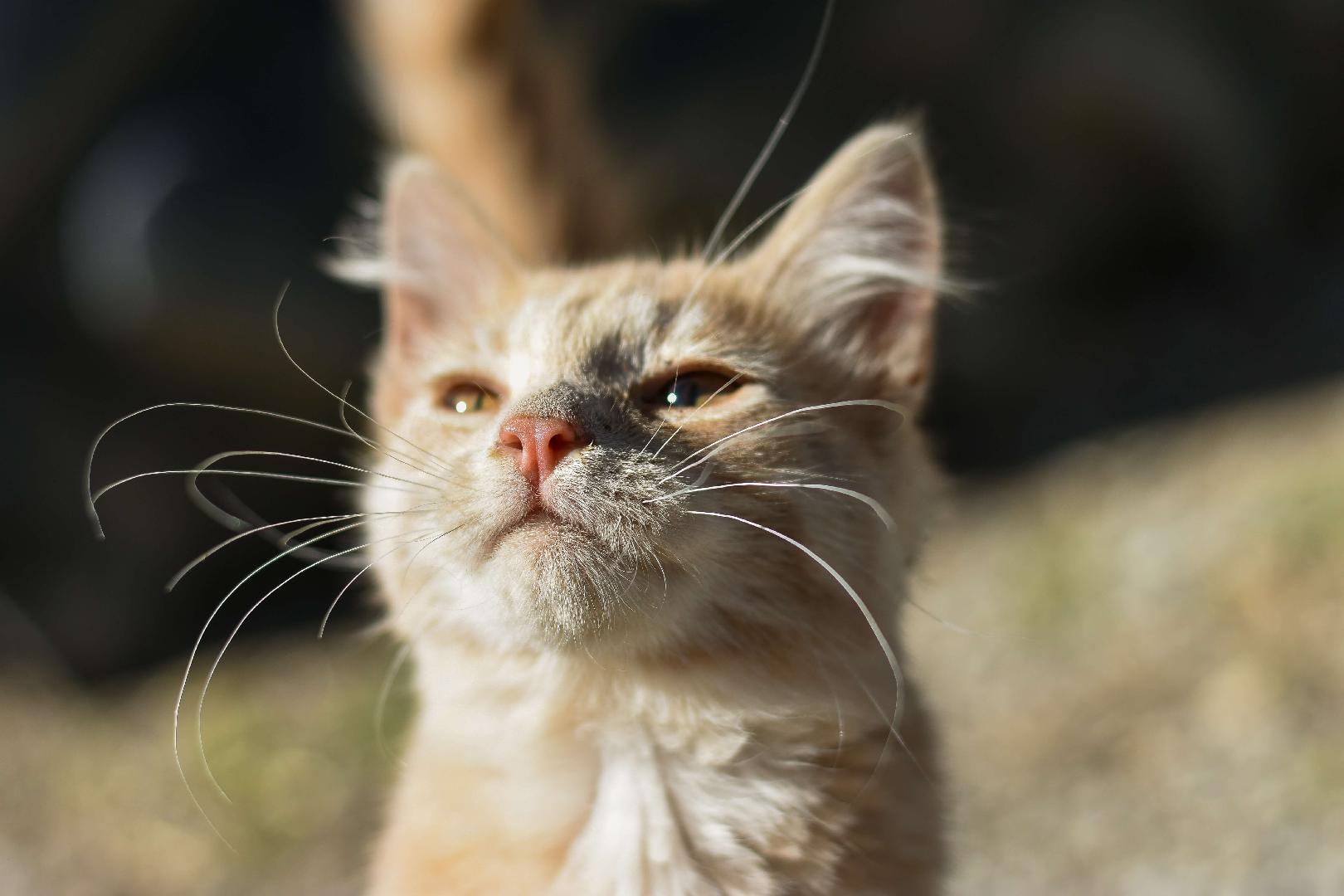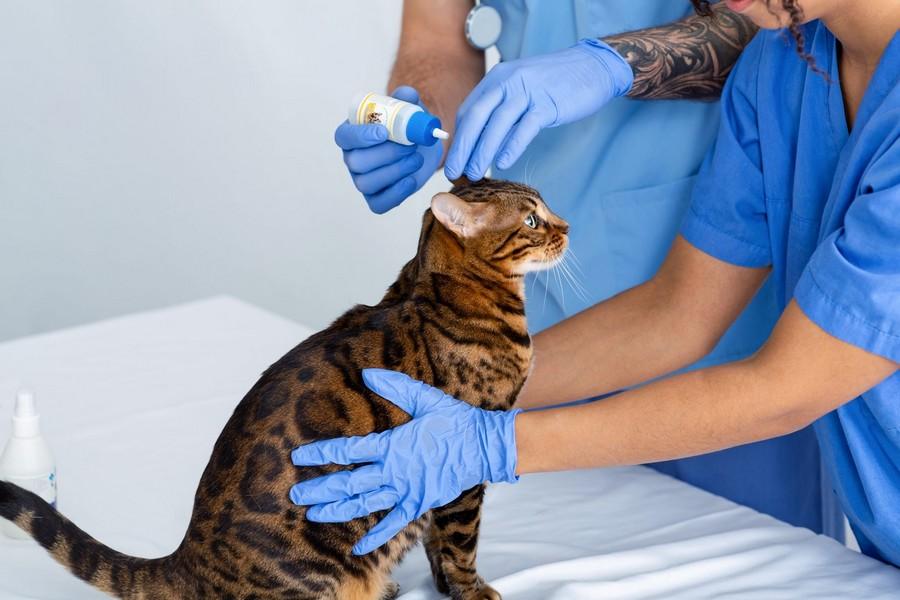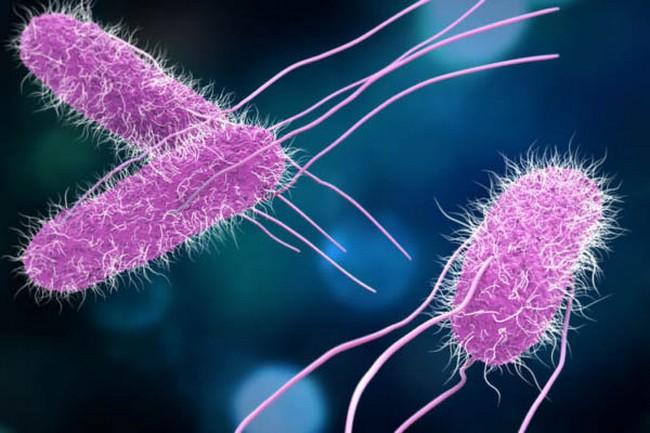Hyperthyroidism is the most common feline endocrine disorder today, and is a major cause of mortality in middle-aged cats in the United States, Canada, the United Kingdom, continental Europe, Australia, New Zealand, and Japan.
In 98% of the cases of cats with hyperthyroidism, the enlargement of the thyroid gland is the result of a non-cancerous tumor also known as an adenoma. When the thyroid gland becomes enlarged, it can speed up its process and produce more thyroxine, which is the hormone known as T4. For the proper functioning of the entire endocrine system, this hormone must be properly regulated.
95% of cats have benign adenomas, and present with changes in the thyroid gland at the time of diagnosis. In about 70% of hyperthyroid cats, both lobes of the thyroid are enlarged.
Feline hyperthyroidism was first documented in 1979 in New York and 1980 in Boston. Since that time, several studies have documented increases in the feline population around the world, for example:
• In North America, it went from 0.3% in 1979 to 4.5% in 1985.
• In Germany, it went from 0.2% in 1987-1994 to 2.6% in 1998.
The risk factors currently being analyzed fall into two categories:
- Nutritional deficiencies or excesses in cat food, leading to thyroid dysfunction.
- Compounds that alter the thyroid, present in the environment or water.
Causes of feline hyperthyroidism
Currently there are many theories that try to explain the causes of hyperthyroidism in cats and the exponential increase of this disease in animals older than 10 years of age. The studies carried out have detected certain components as possible causes:
• Several studies found that there is a greater chance of developing the disease when cats have been fed a lot of canned food. Specifically, a higher incidence of hyperthyroidism was found in cats fed canned giblets in their formula, that is, with organ meats or meat by-products.
• Studies showed that BPA (bisphenol A) and other similar compounds, found in the walls of cans, can transfer to food and thus cause toxicity. Despite the results of these investigations, the FDA stated that it finds that the amount of chemicals that can leak into food is unlikely to be high enough to cause illness.
• Another study suggested that flame retardant chemicals known as PBDEs (polybrominated diphenyl ethers) may be a determining factor in feline hyperthyroidism. The authors make this claim because they found that PBDEs began to be used around the same time as the first discovered and documented case of hyperthyroidism in cats. Furthermore, the rate of feline hyperthyroidism has been similar to that of PBDE use in other countries. In any case, the sample that was analyzed is too small to be taken as a statistic.
It was also hypothesized that the main route of exposure to PBDEs were from items such as carpets, upholstery and mattresses, and since cats often spend a lot of time in these places, the exposure could be high and prolonged. This may also explain why hyperthyroidism is more common in cats that live indoors.
However, the most interesting thing about this study for our industry is that PBDE was found in cat food. Elevated levels of PBDEs were found in canned foods, especially those based on fish or shellfish (which is consistent with the relationship with canned foods mentioned above). Likewise, high levels of PBDEs were also found in some dry cat foods.
• Another study tends to determine the cause of feline hyperthyroidism in the amount of iodine found in many foods. The problem with iodine is that the minimum intake is known, but not the healthy maximum. In addition, it is not yet known, since the analysis of this chemical is very expensive, but it could be that excess iodine affected cats as well as humans, causing hyperthyroidism.
What diet is considered the most appropriate for feline hyperthyroidism?
In contrast to other results Mark E. Peterson, veterinarian and recognized researcher, affirms that the food for cats with this disease is better if it is canned, and it should have high-quality protein and low content of carbohydrates and phosphates:
Proteins and carbohydrates
Dr. Peterson, along with Dr. Eirmann recommend, for cats with hyperthyroidism, foods with 40% protein, since a consequence of the disease is sarcopenia due to age-related changes and increased metabolism caused by hyperthyroidism. In addition, as older cats find it difficult to digest proteins, it is important that they be of animal origin and easily digestible. They also recommend foods with carbohydrates below 15% to help stabilize blood glucose levels to prevent diabetes.
Iodine restriction
Iodine increases the production of thyroxine, so a treatment option for feline hyperthyroidism from food is the restriction or reduction of iodine. Iodine levels in foods for hyperthyroid cats should be limited to 0.32 ppm or less.
Today, the best known food sold as 'ultra low iodine' is Hill's Pet Nutrition. The company claims that this food, if given exclusively, will normalize a hyperthyroid cat's hormone levels within 3 weeks.
Conclusion
Despite the paucity of studies and accurate results, there is currently a wide range of treatment options for hyperthyroidism. From our side, as we know that diet can play an important role in controlling the disease, we must continue to develop safe and healthy products for this portion of the feline population that, unfortunately, is growing every day.
Source: All Pet Food
You could be interested: How Long Can Your Always-Hungry Cat Wait For Dinner?



























































